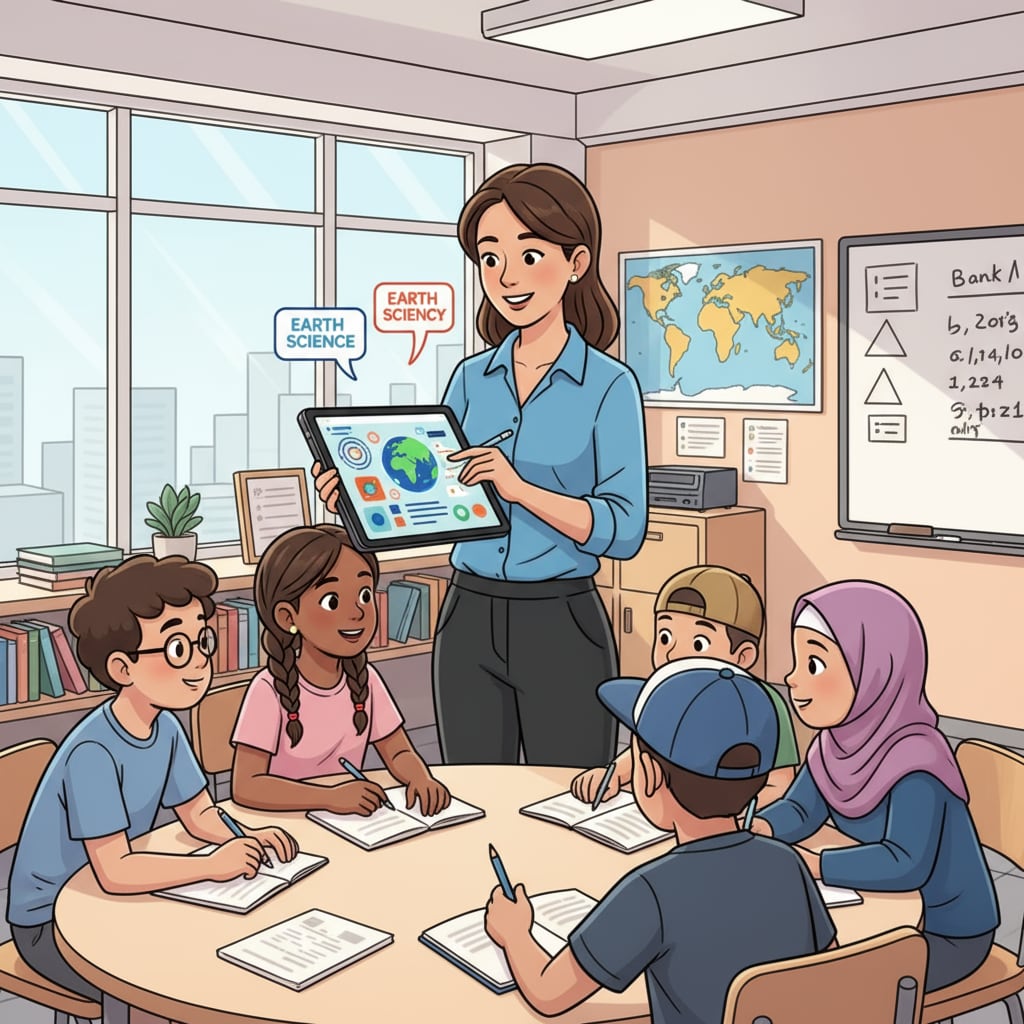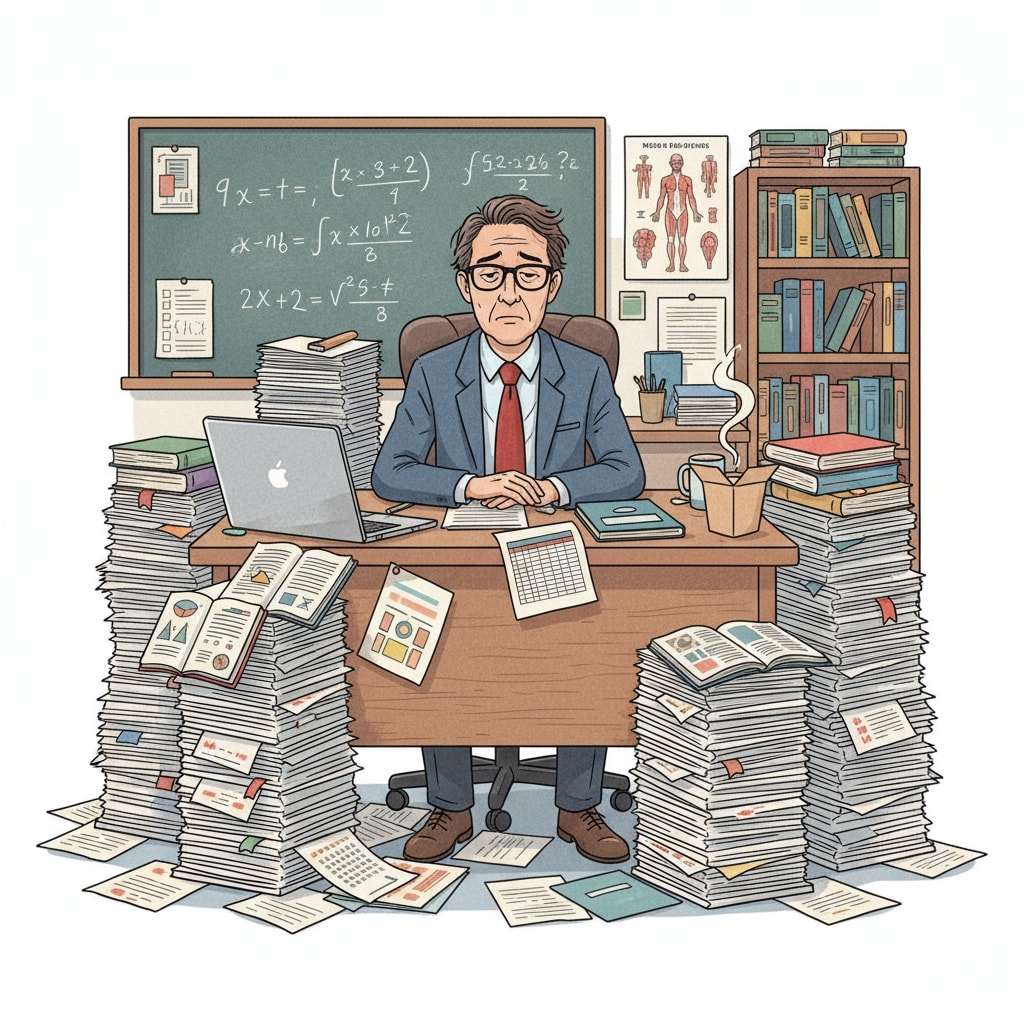Teacher workload, educational technology, and teacher feedback are crucial aspects in the realm of modern education. In today’s educational landscape, teachers are often burdened with a heavy workload, which can impact both their well-being and the quality of education they provide. However, educational technology presents a glimmer of hope, offering potential solutions to lighten the load. At the same time, teacher feedback is essential for shaping the effective use of these technologies.

The Heavy Burden of Teacher Workload
Teachers today face numerous responsibilities that contribute to their overwhelming workload. They are not only tasked with preparing engaging lessons but also with grading a large number of assignments, managing student behavior, and attending various meetings. According to National Center for Education Statistics, the average teacher spends a significant amount of time outside of regular school hours on these tasks. This heavy workload can lead to stress, burnout, and ultimately, a decrease in the quality of education. For example, a teacher who is exhausted from grading papers may not be able to give students the individual attention they need during class.

The Promise of Educational Technology
Educational technology has the potential to revolutionize the way teachers work. Tools such as learning management systems (LMS), artificial intelligence (AI)-powered grading software, and interactive teaching resources can significantly reduce teacher workload. LMS platforms streamline administrative tasks like attendance tracking and assignment distribution. AI grading software can quickly assess multiple-choice and short-answer questions, saving teachers hours of grading time. Moreover, interactive teaching resources, like virtual reality (VR) and augmented reality (AR) tools, can make lessons more engaging for students, potentially reducing behavior management issues. As a result, teachers can focus more on personalized instruction. International Society for Technology in Education (ISTE) standards highlight the importance of integrating technology in education to enhance teaching and learning.
However, the successful implementation of educational technology requires careful consideration. It’s crucial to ensure that these tools align with the educational goals and respect the essence of teaching. Teachers need to be properly trained to use these technologies effectively. Otherwise, instead of reducing workload, they may end up spending more time trying to figure out how to use the new tools.
The Significance of Teacher Feedback
Teacher feedback plays a vital role in the adoption and improvement of educational technology. Teachers are on the front lines of education and have valuable insights into what works and what doesn’t in the classroom. Their feedback can help developers refine educational technology products. For instance, if teachers report that a particular LMS is difficult to navigate, developers can make the necessary improvements. In addition, teacher feedback can also influence school policies regarding the use of technology. Schools can use this feedback to provide better professional development opportunities for teachers, ensuring they are well-equipped to integrate technology into their teaching. This feedback loop is essential for creating an educational ecosystem that benefits both teachers and students.
In conclusion, addressing teacher workload, leveraging educational technology, and incorporating teacher feedback are all essential for a healthy and effective education system. By implementing appropriate educational technologies and listening to teacher feedback, we can create a win-win situation where teachers’ workloads are reduced, and students’ learning experiences are enhanced. This will contribute to the sustainable development of the education ecosystem.
Readability guidance: Short paragraphs and lists are used to summarize key points. Each H2 section has a list-like structure. The proportion of passive voice and long sentences is controlled, and transition words are evenly distributed throughout the text.


